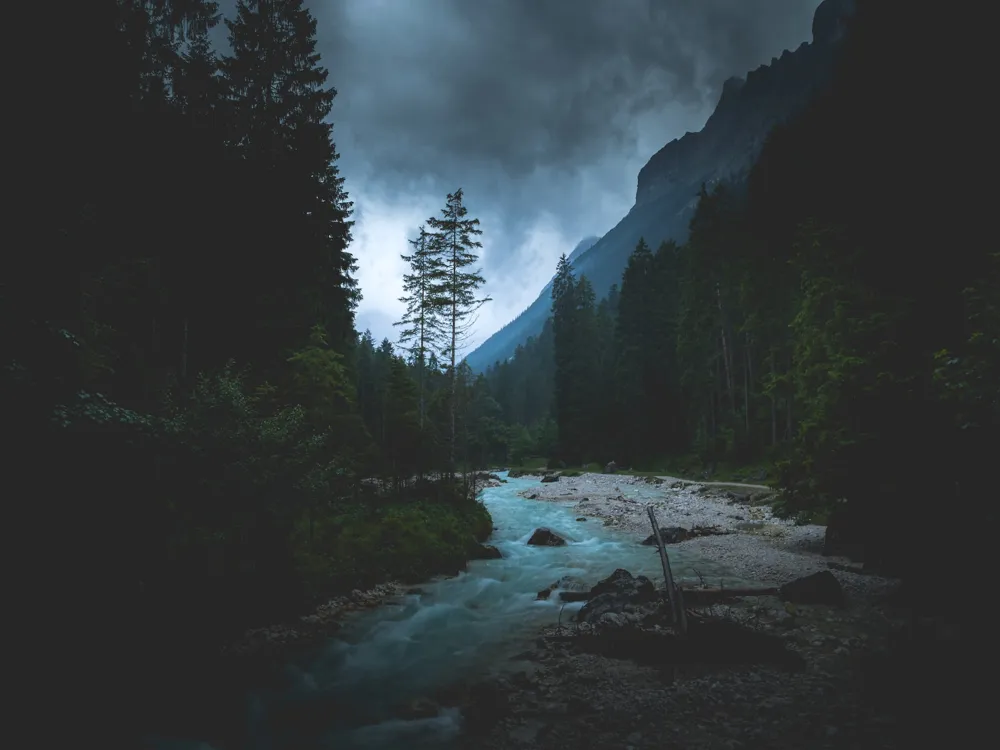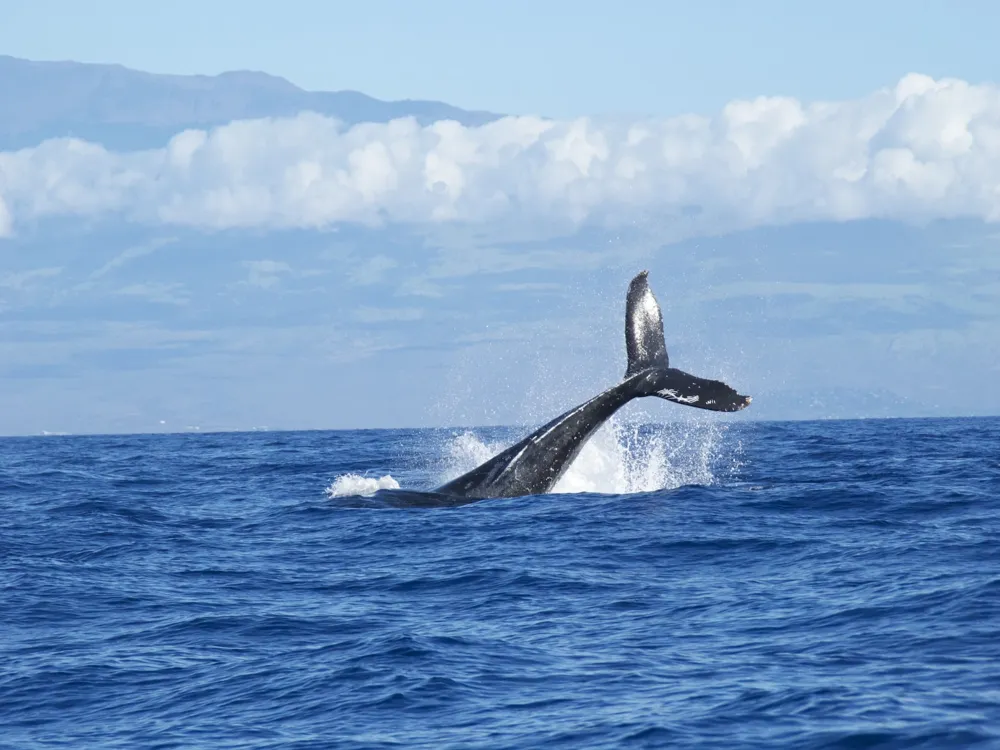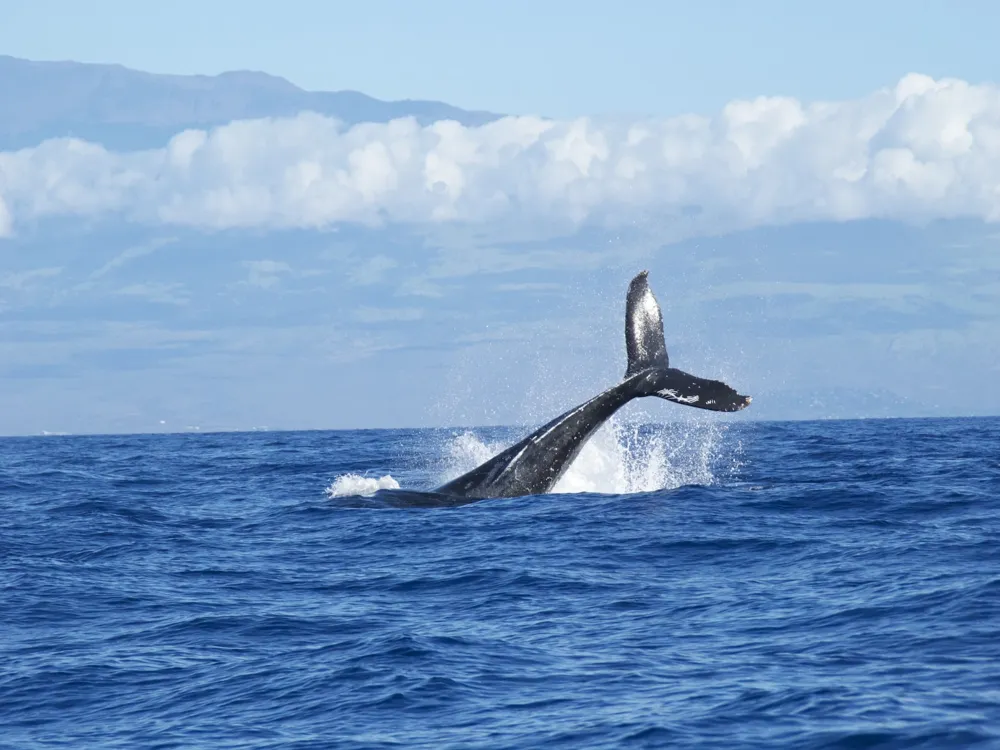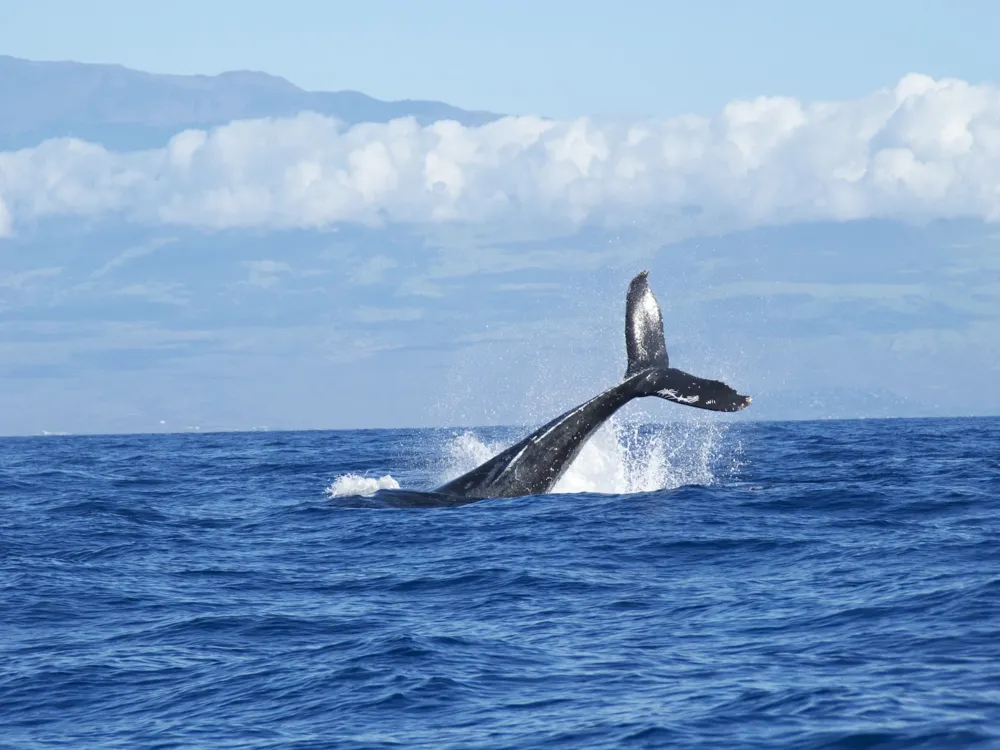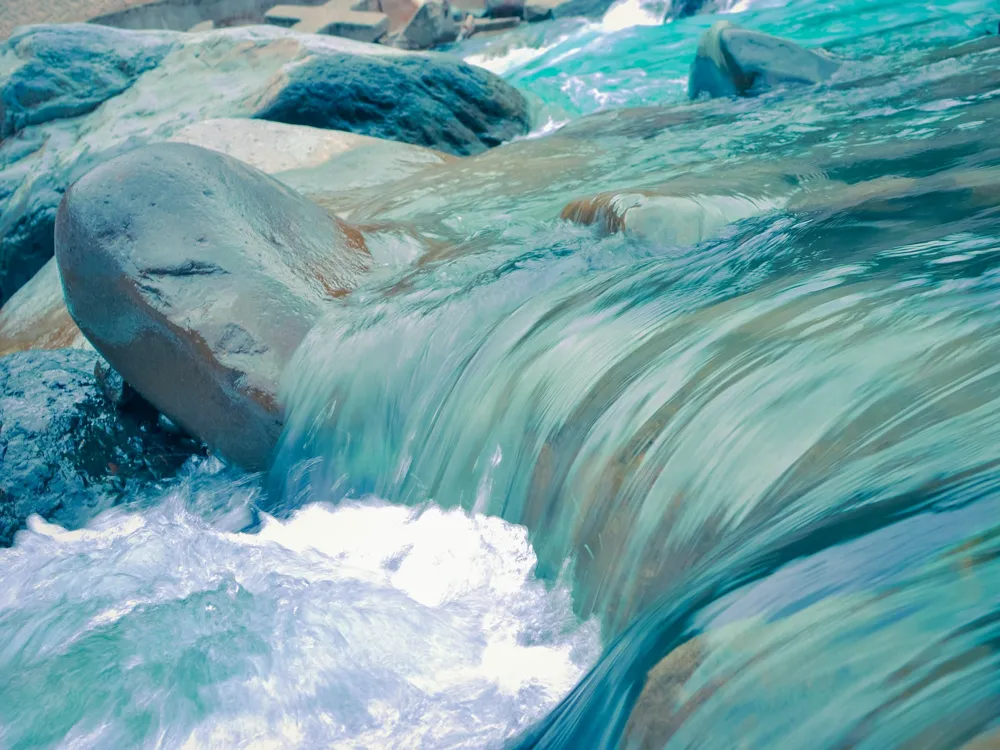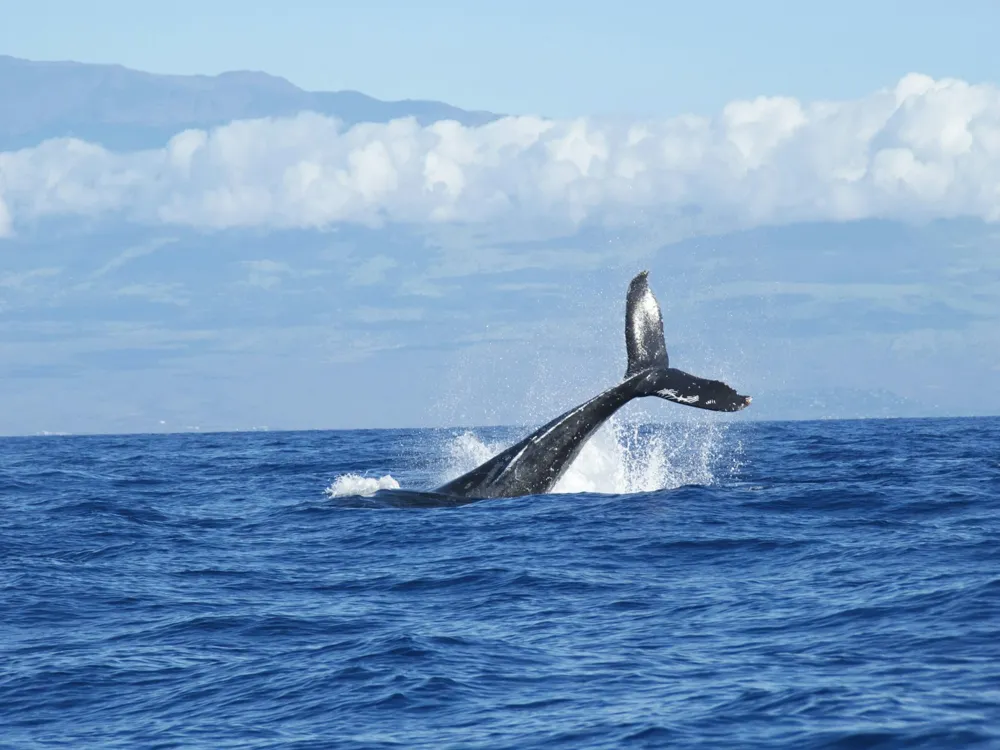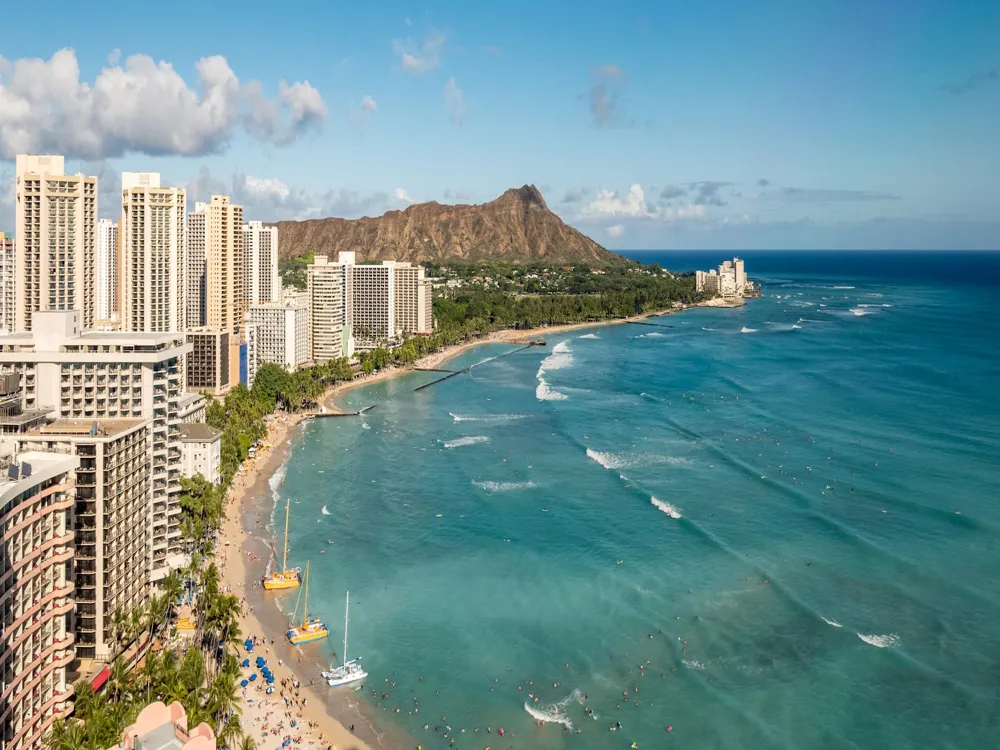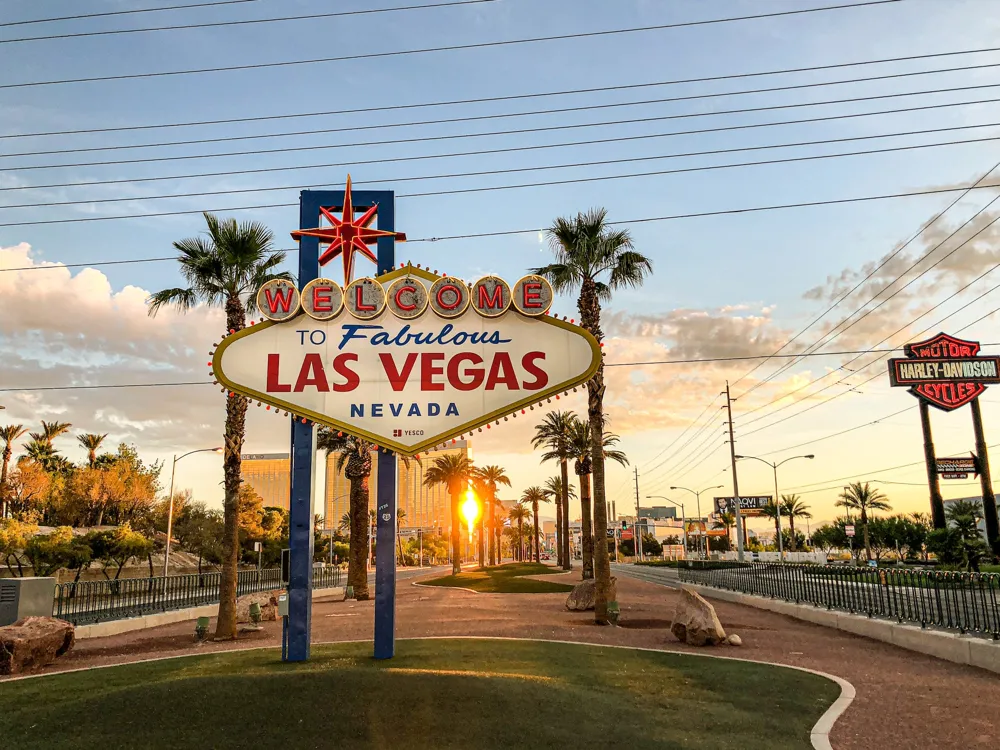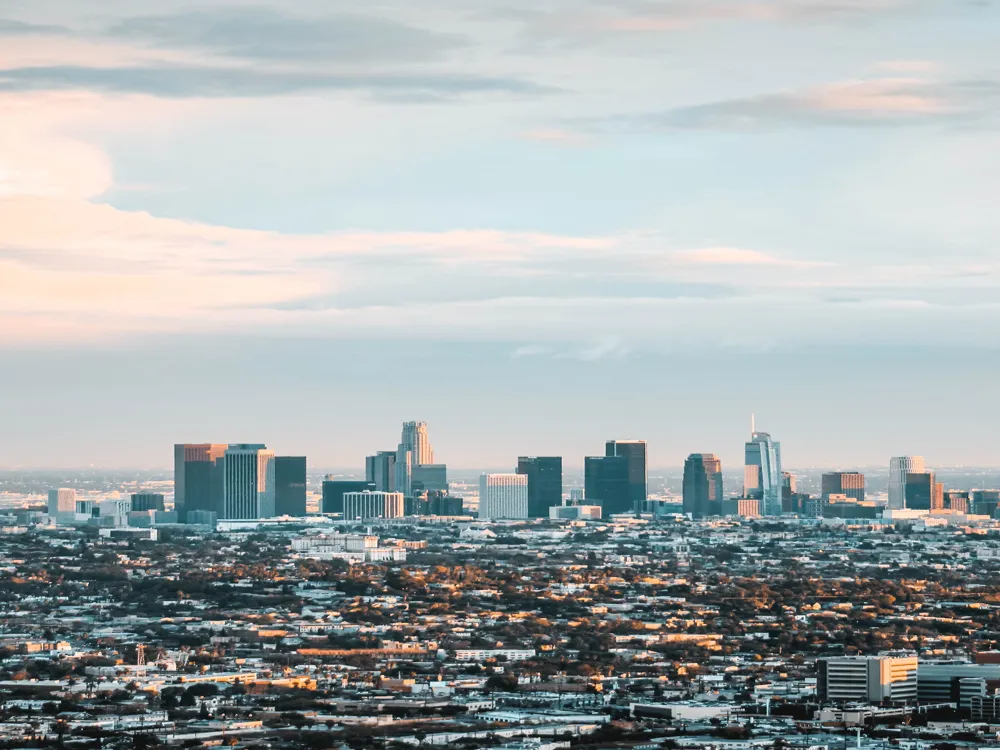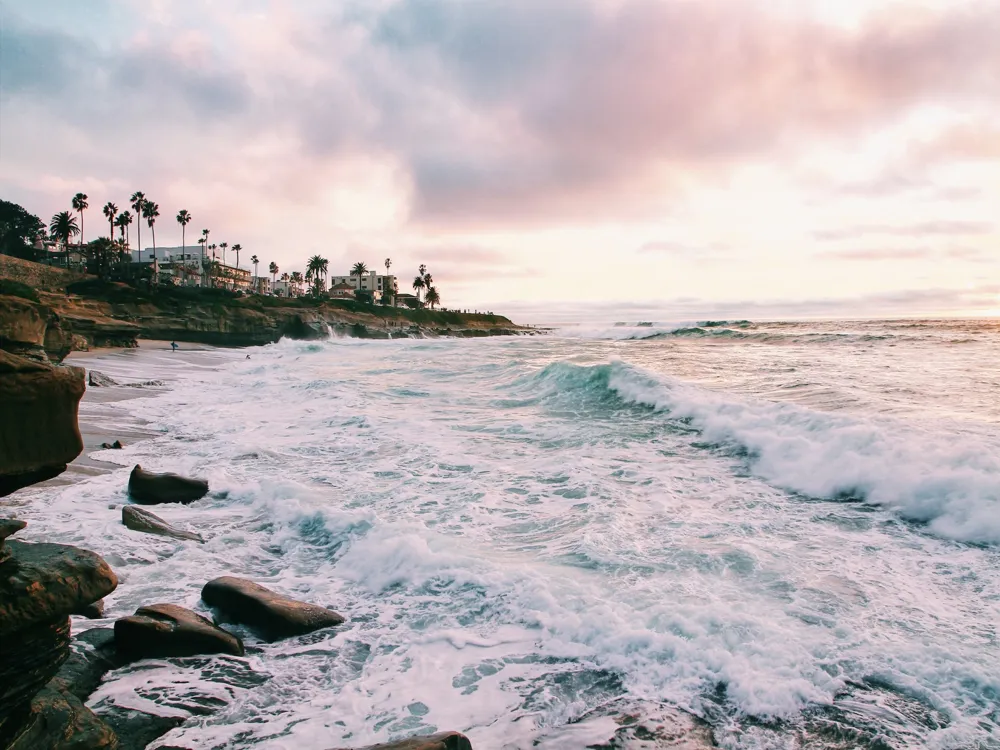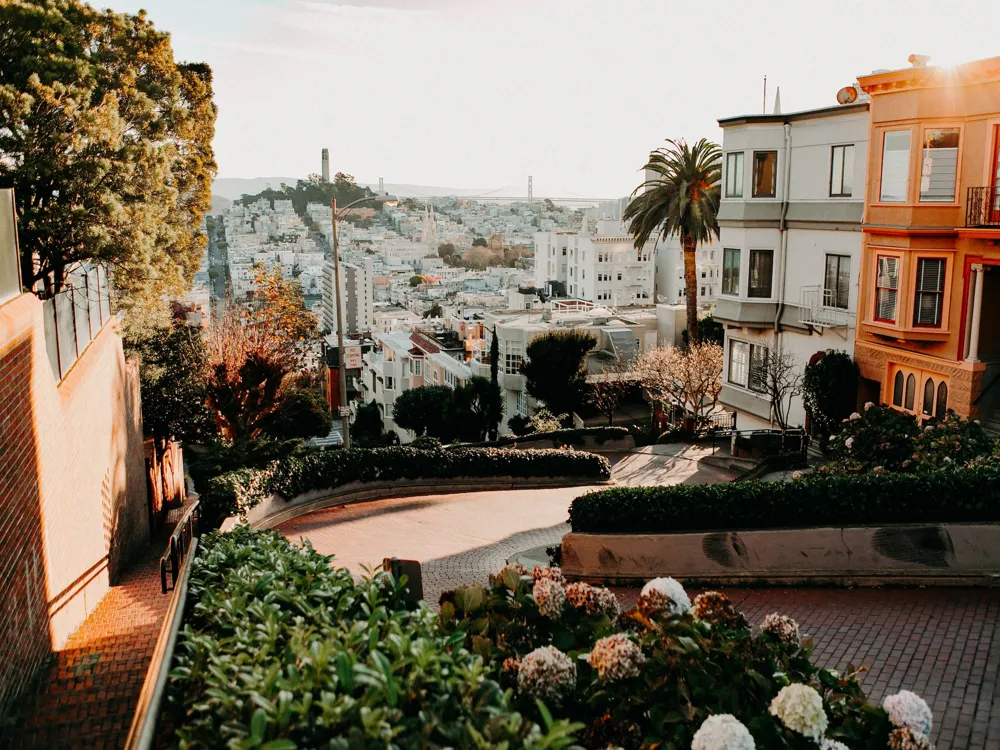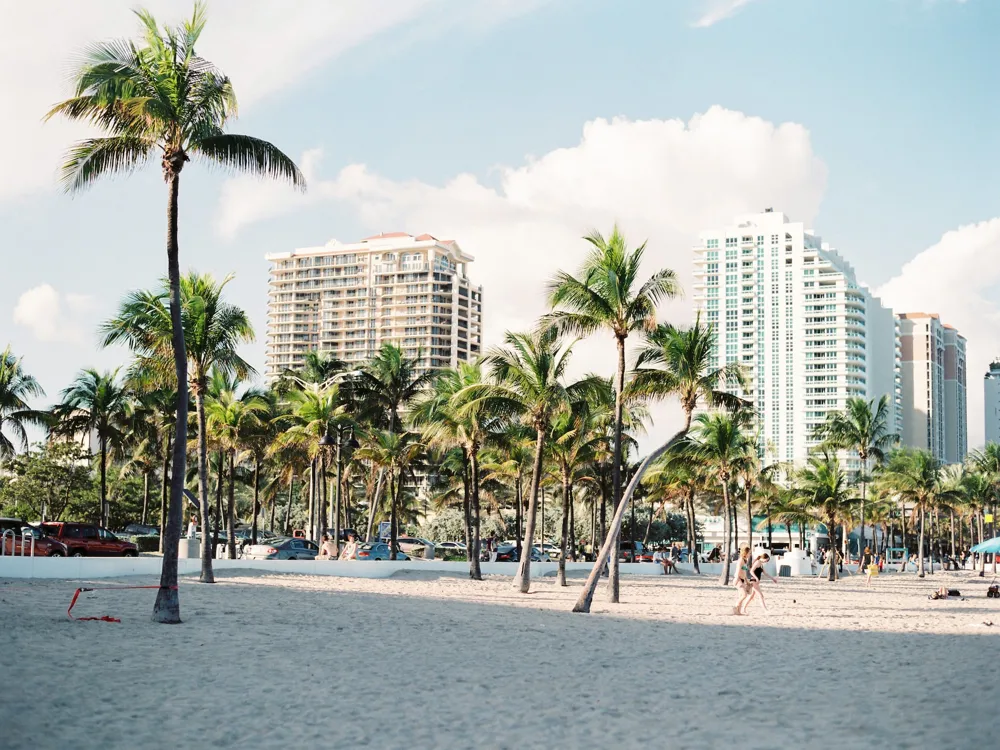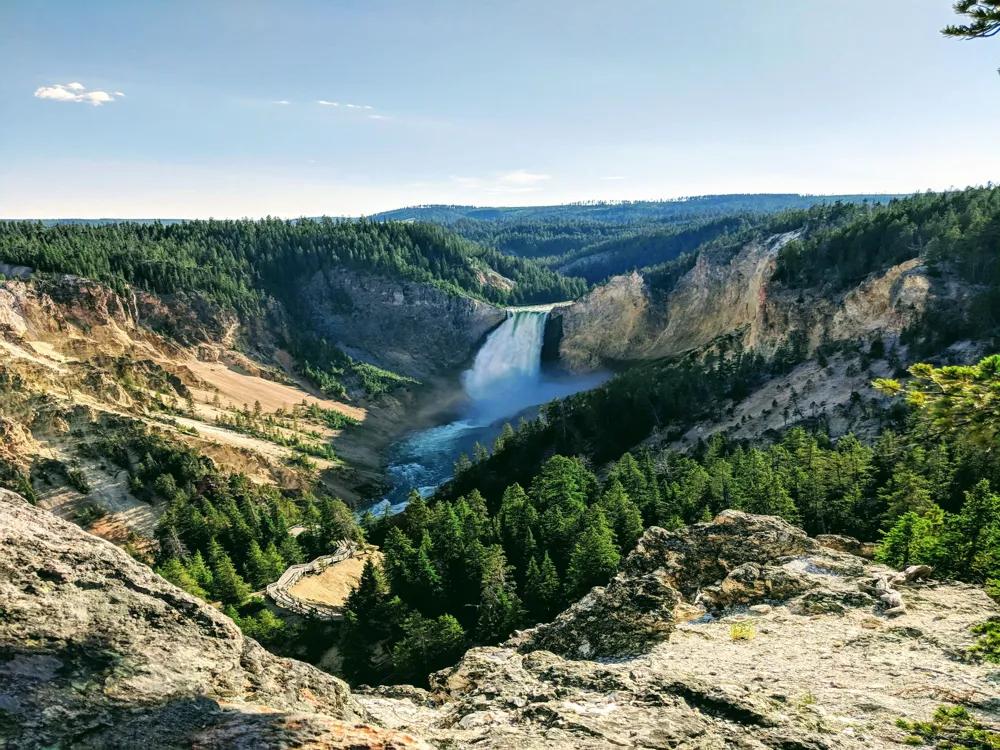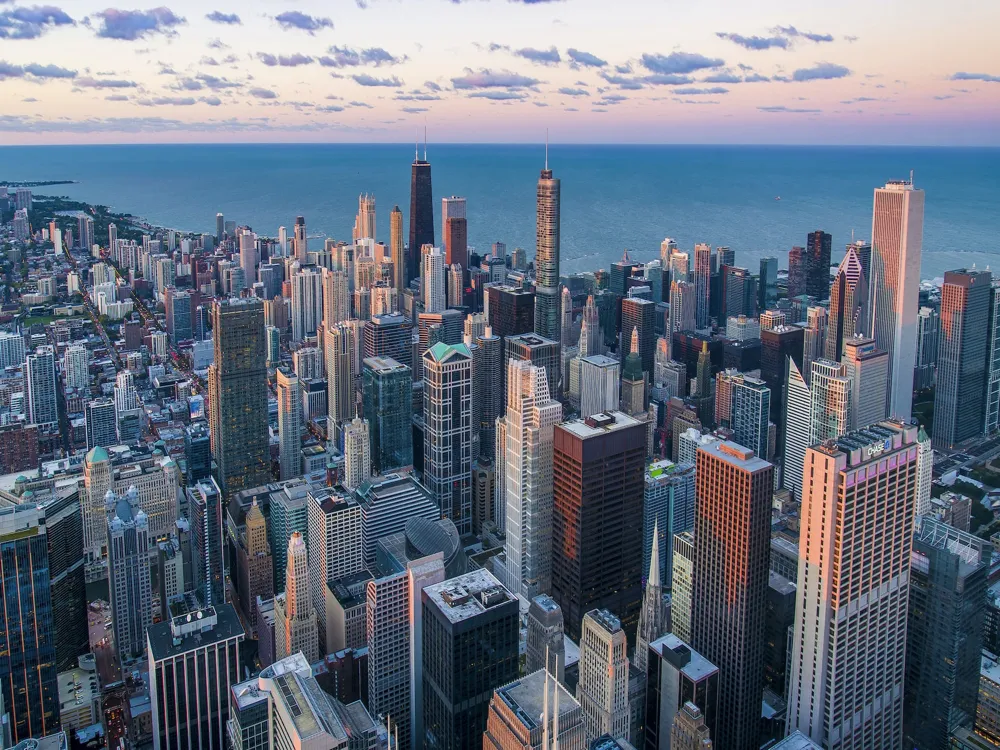Maui, the second-largest Hawaiian island, is a paradise with more than just stunning beaches and breathtaking landscapes. It's a cultural hub, rich in traditions and customs that have shaped its unique identity over centuries. The culture of Maui, deeply influenced by Native Hawaiian, East Asian, and European heritages, presents a vibrant tapestry of art, music, dance, and festivals that celebrate the island's history and diversity. One of the most iconic aspects of Maui's culture is the 'Aloha spirit,' a deeply rooted sense of hospitality and community. This is evident in the warm welcomes and friendly interactions that visitors experience. The island's cultural landscape is also colored by its history. From the arrival of Polynesian navigators to the influence of the sugar cane industry, each period has contributed layers to the island's cultural fabric. Maui's culture is further enlivened by traditional Hawaiian music and hula, which are not merely performances but narrations of history and expressions of emotion and stories. The culinary landscape of Maui is another reflection of its cultural diversity. Traditional Hawaiian dishes like poke, luau leaf-wrapped laulau, and the famed Kalua pig are a testament to the island's rich gastronomic heritage. The local cuisine is a blend of the many cultures that have influenced the island, including Japanese, Filipino, Portuguese, and Chinese, making it a melting pot of flavors. Festivals and events play a crucial role in preserving and showcasing Maui's culture. The annual Maui Whale Festival, the East Maui Taro Festival, and the celebrated Aloha Festivals are just a few examples of how Maui honors its traditions and shares them with the world. These events, filled with music, dance, and traditional crafts, offer a deep dive into the heart of Maui's culture. Art in Maui is another vital component of its cultural identity. From contemporary art galleries showcasing local artists to craft fairs featuring traditional Hawaiian quilts and lauhala weaving, the artistic expressions found on Maui are as diverse as its people. The architecture of Maui is a captivating blend of various styles that reflect its multicultural history. From the ancient Hawaiian heiaus (temples) to the 19th-century missionary houses, each structure tells a story of the island's past. The indigenous Hawaiian architecture, primarily seen in the heiaus, was designed with a deep understanding of the land and environment. These sacred structures, built from lava rocks and other natural materials, were central to the spiritual lives of the Native Hawaiians. With the arrival of European missionaries in the 19th century, a new architectural style emerged on Maui. The missionary houses, characterized by their simple, functional design and coral block and wood construction, marked a significant shift from the traditional Hawaiian structures. Lahaina's Baldwin Home Museum is a prime example of this style. The influence of the sugar cane industry in the late 19th and early 20th centuries brought about plantation-era architecture. This style, influenced by the various immigrant groups that came to work in the plantations, is seen in the old plantation manager's houses and community buildings. These structures often feature single-wall construction, spacious verandas, and double-pitched roofs, a blend of Asian and European architectural elements. Contemporary architecture in Maui also pays homage to its diverse heritage. Modern buildings often incorporate traditional Hawaiian concepts like open spaces and integration with the natural landscape alongside contemporary design elements. This fusion creates a unique architectural landscape that is both modern and deeply rooted in the island's history and culture. Maui's culture is deeply rooted in respect and tradition. When visiting cultural sites or participating in ceremonies, be mindful of local customs. For instance, always ask for permission before taking photos during cultural performances. Engage with the culture by participating in activities such as lei-making, hula lessons, or traditional Hawaiian cooking classes. This hands-on approach offers a deeper understanding and appreciation of Maui's rich cultural heritage. Maui's culinary scene is a vibrant part of its culture. Don't miss out on traditional Hawaiian dishes and fusion cuisine that reflect the island's diverse influences. Local markets and food festivals are great places to start. Explore historical sites like Iao Valley, Lahaina Historic Town, and Haleakalā National Park to gain insights into Maui's history and its cultural significance. Guided tours can provide valuable context and stories. Maui is well-connected and accessible, making exploring its culture both easy and enjoyable. The island's main airport, Kahului Airport (OGG), is the primary entry point for international and domestic flights. From the airport, rental cars, taxis, and buses are available to help you traverse the island. For a more immersive experience, consider guided cultural tours that offer insights into the island's history and traditions. Additionally, walking tours in historic towns like Lahaina provide an intimate way to connect with the local culture. Whether by air, land, or sea, each journey to Maui offers its own unique perspective of the island's rich cultural landscape. Remember, the journey to understanding Maui's culture starts with an open mind and a willing heart. Read More Maui TourismOverview of the Culture of Maui, Hawaii
Architecture of the Culture of Maui, Hawaii
Tips for Visiting Culture
Respect Local Traditions
Participate in Cultural Activities
Explore Local Cuisine
Visit Historical Sites
How To Reach Culture
Best Time to Visit Maui
How to Reach Maui
Things To Do Maui
Culture
Maui
Hawaii
NaN onwards
View maui Packages
Maui Travel Packages
View All Packages For Maui
Top Hotel Collections for Maui

Private Pool

Luxury Hotels

5-Star Hotels

Pet Friendly
Top Hotels Near Maui
Other Top Ranking Places In Maui
View All Places To Visit In maui
View maui Packages
Maui Travel Packages
View All Packages For Maui
Top Hotel Collections for Maui

Private Pool

Luxury Hotels

5-Star Hotels

Pet Friendly







